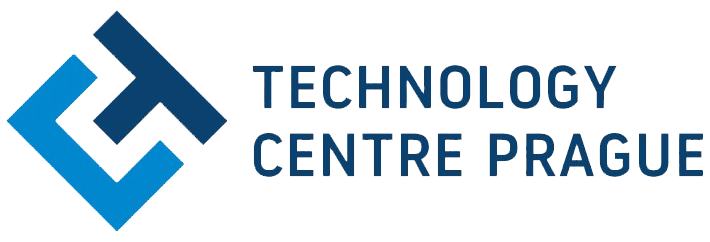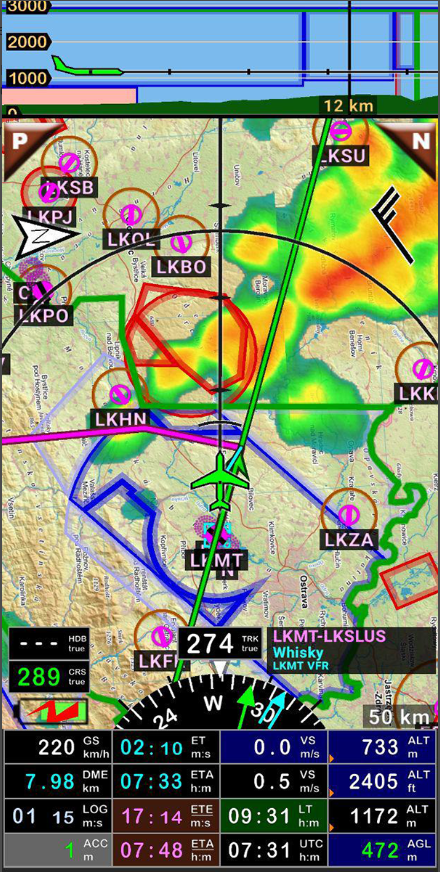GSSN machine learning algorithm applicated to sport aircraft navigation
Sport aircraft cockpits offer pilots the instruments needed for precision pilotage, but often lack a navigation display suitable for navigation flights. The Czech company FUN AIR s.r.o. is addressing this situation by offering sport pilots its GPS navigation for mobile phones and tablets. The navigation has become one of the most widely used applications in this category due to its comprehensiveness and reliability.
FUN AIR s.r.o., has been working for a long time on the possibility of adding a function that simulates navigation on approach to landing using the Instrument Landing Sytem (ILS), a system that allows to maintain the correct angle of descent even in conditions of low visibility. In the civil aviation sector, this system is provided by radio localizers at the airport, which send a two-way signal to the guided aircraft to assess the vertical and horizontal deviation from the correct descent path. Simulation of the system using GPS navigation has not yet been possible because the horizontal deviation is too high.
ESA technology Broker CZ linked FUN AIR s.r.o. with Gianluca Caparra, ESA Radio Navigation System Engineer, who proposed to use the self-learning algorithm used by ESA to refine the vertical deviation of GPS navigation. FUN AIR s.r.o. has obtained a test license for this self-learning algorithm and has started validating its effectiveness for vertical deviation refinement in its air navigation.
The successful application of the algorithm will enable sport and hobby pilots to land safely even in low visibility conditions, and contributes to safer aviation.



